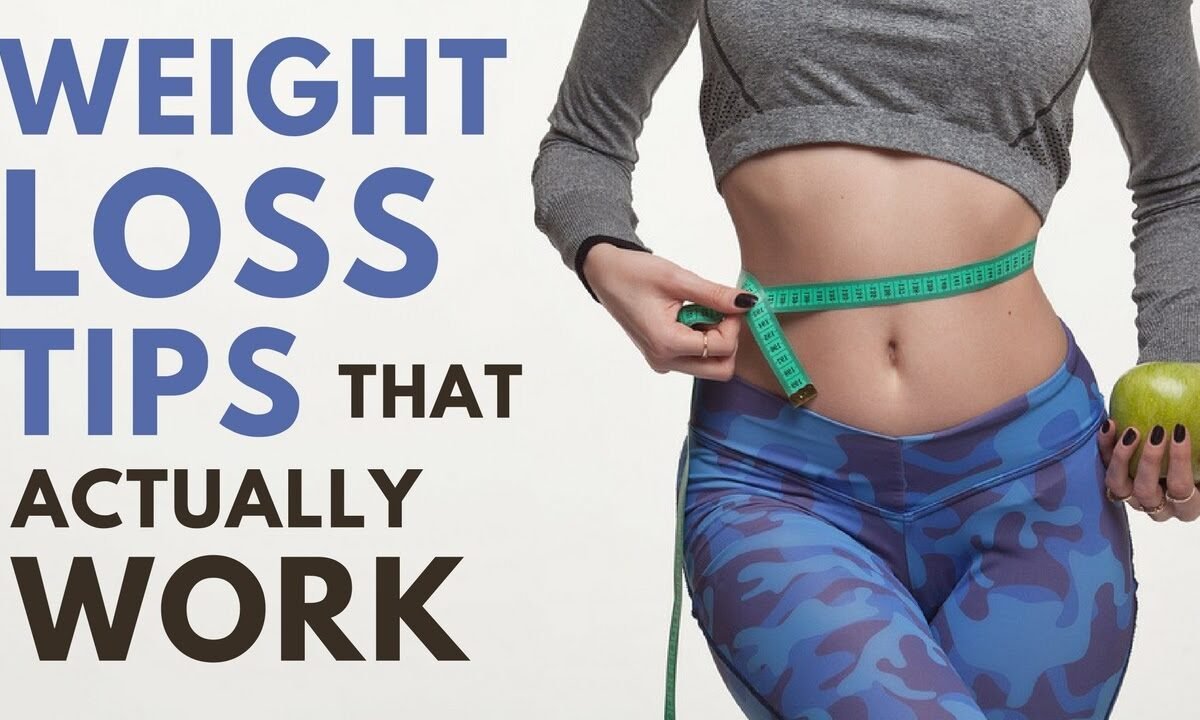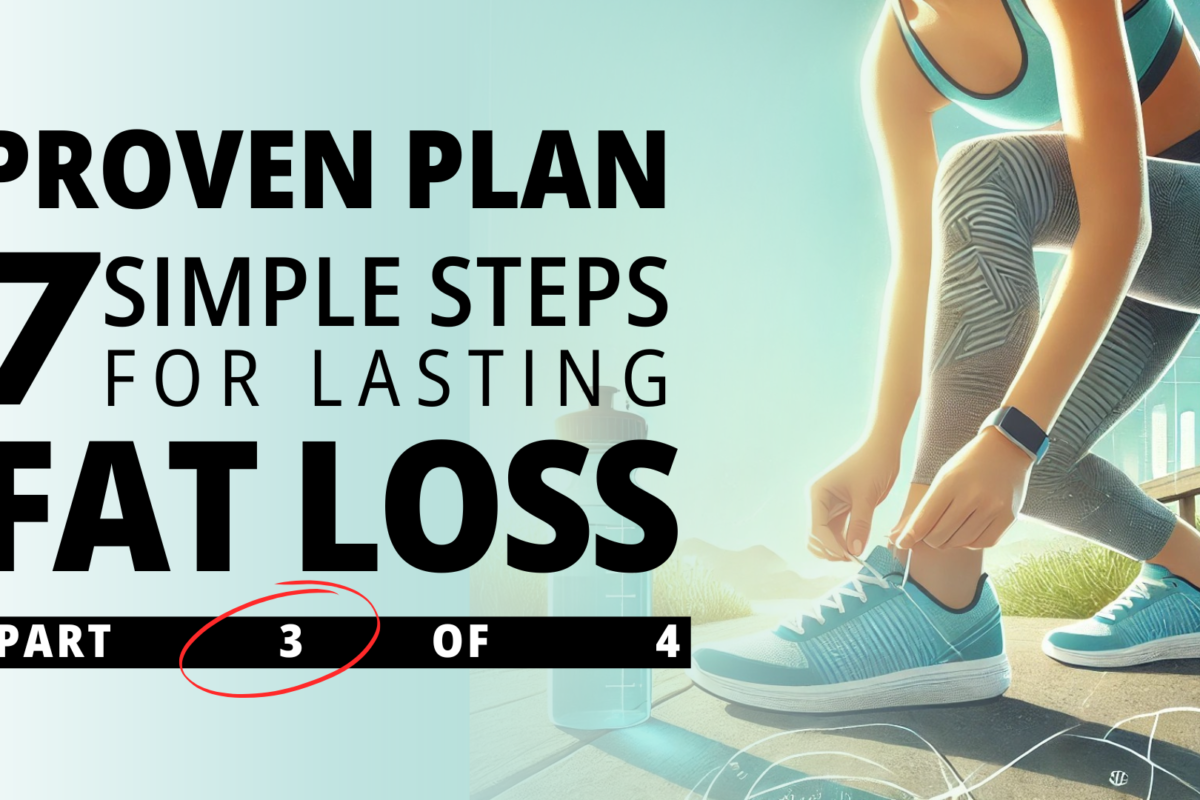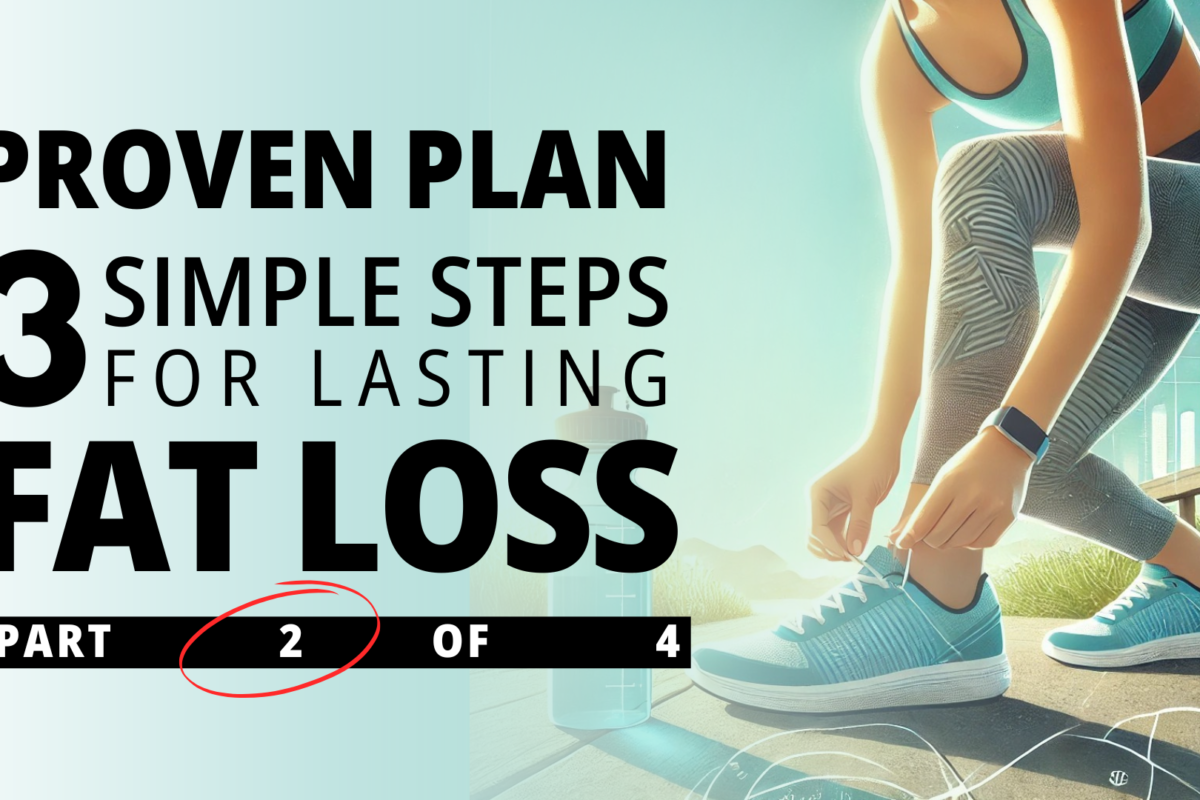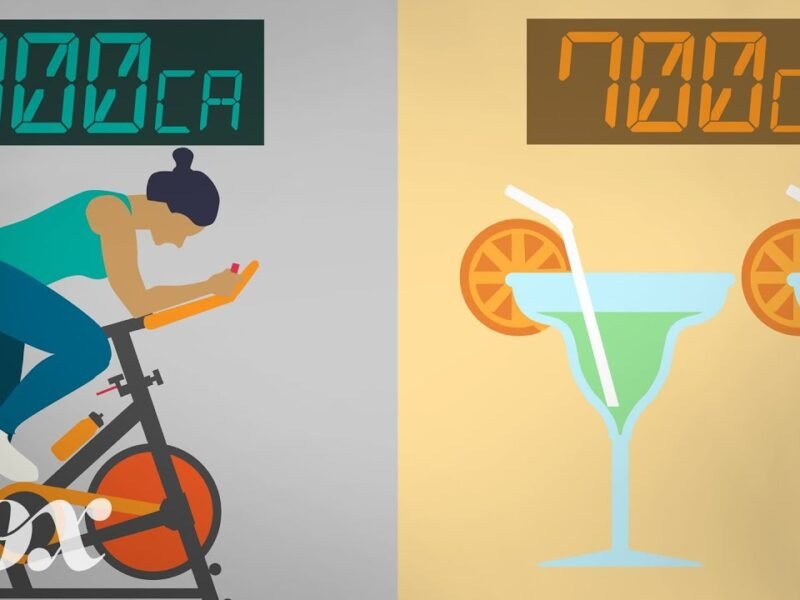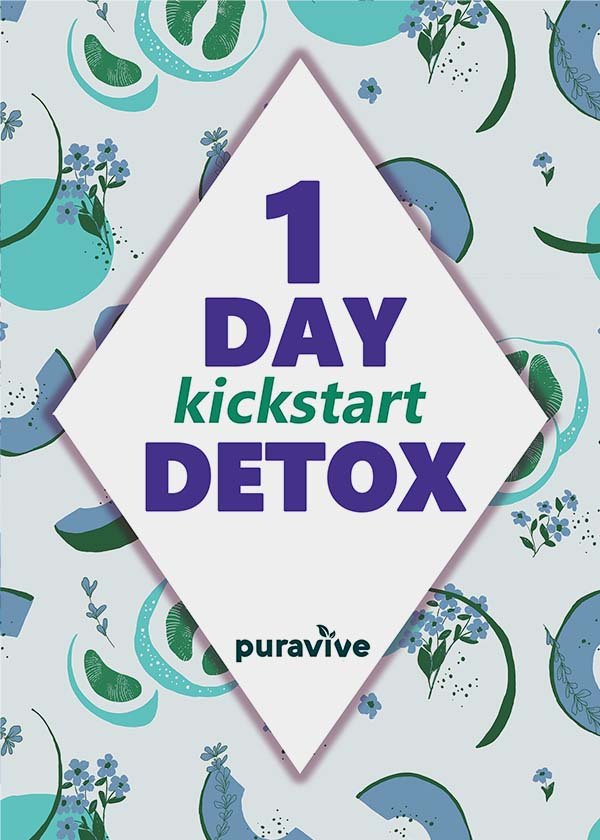Is it Possible to Lose Weight Fast? - A Study
Understanding the Basics of Weight Loss
At its core, weight loss comes down to creating an energy deficit—expending more calories than you consume. This deficit prompts the body to draw on its energy reserves, leading to fat loss over time. However, how you create that deficit can make all the difference in terms of effectiveness, sustainability, and overall health.
Slow and Steady Wins the Race: Sam’s Approach
Sam takes a gradual approach, decreasing his calorie intake slightly and incorporating regular exercise into his routine. This strategy allows his body to function efficiently while steadily burning fat.
How It Works:
- Sam’s calorie deficit encourages his body to use glycogen (stored glucose) for energy.
- After 4–6 hours, his body begins to rely on fat cells for energy, breaking them down into lipid droplets. These are converted into energy compounds that fuel his organs and tissues.
Key Benefits:
- Preserves Muscle Mass: By eating balanced meals and exercising, Sam maintains his muscle tissue, which increases his resting metabolic rate (the calories his body burns at rest).
- Sustainable Weight Loss: Slow, steady fat loss is more sustainable long-term and minimizes the risk of weight regain.
The Perils of Fast Dieting: Felix’s Strategy
Felix, on the other hand, opts for extreme calorie restriction. This might seem effective at first glance, but the physiological impact of his approach reveals its dangers.
Starvation Mode:
- Felix’s body quickly depletes its glycogen stores within 18 hours and turns to alternative energy sources, including muscle tissue.
- As a result, Felix loses muscle mass, lowering his resting metabolic rate and making future weight loss even harder.
Temporary Water Weight Loss:
- Felix may initially see rapid weight loss as his body sheds glycogen-bound water. However, this “weight loss” is short-lived and will reverse once he resumes normal eating.
Long-Term Risks:
- Muscle loss, nutritional deficiencies, and weakened immunity are all significant risks of Felix’s extreme calorie-cutting approach.
The Detox Diet Debate
Another fast-track method gaining popularity is the detox or juice diet. These plans promote or restrict certain foods, often promising miraculous results. While they might provide short-term benefits for specific nutritional deficiencies, they come with significant downsides:
- Imbalanced Nutrition:
Long-term juicing can lead to deficits in essential fats and proteins, weakening the immune system. - Personalized Risks:
Overloading on certain nutrients (like vitamin A) can harm individuals whose levels are already sufficient.
Why Fast Diets Fail
Extreme diets—whether calorie-cutting or restrictive—are a shock to the body. They often lead to:
- Unsustainability: Few people can maintain extreme regimens, leading to weight regain.
- Plateaus and Frustration: The body adapts by lowering metabolism, making further weight loss difficult.
- Harmful Side Effects: Rapid weight loss can result in fatigue, nutrient deficiencies, and muscle loss.
The Case for Sustainable Weight Loss
Instead of rushing, focus on a healthy, sustainable lifestyle. According to experts, losing 1–2 pounds per week is a safe and effective goal. This approach considers individual genetics, medical conditions, and long-term well-being.
- Balanced Diets:
Incorporate all macronutrients (carbs, fats, and proteins) to meet your nutritional needs. - Regular Exercise:
Both cardio and strength training are key to maintaining muscle mass while burning fat. - Mindful Eating:
Understand hunger cues, avoid emotional eating, and hydrate effectively.
The Social Impact of Dieting
Many societies pressure individuals to diet for reasons unrelated to health. This unhealthy relationship with weight can drive people toward extreme measures that harm their mental and physical well-being. It’s crucial to shift the focus from rapid weight loss to holistic health and happiness.
Conclusion: Patience is Key
While fast diets may seem tempting, they come with significant risks and limited long-term success. Instead, a sustainable approach—like Sam’s—is the way to go. By prioritizing gradual changes in diet and exercise, you can achieve lasting results while preserving your health.
Remember, the best diet is one that you can maintain and that supports your overall well-being. Take your time, trust the process, and find what works for you.






